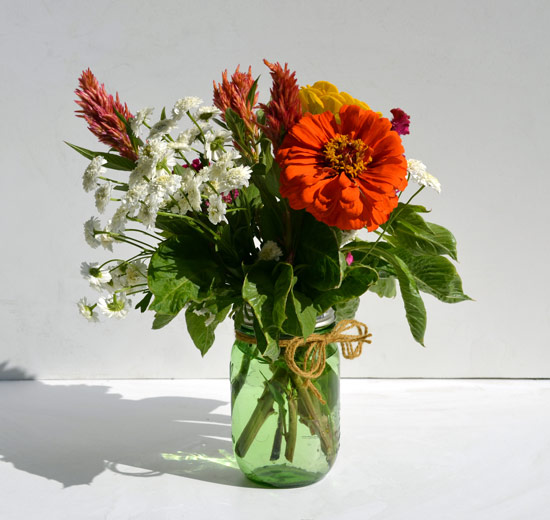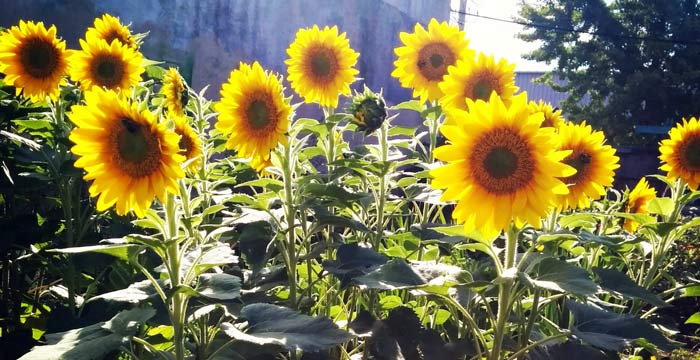
Jig-Bee: Philly’s Flower CSA in Your Backyard
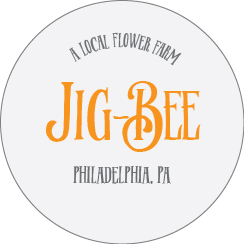 Looking for a flower CSA you can support that’s a stone’s throw from your house? (At least, for you city residents…)
Looking for a flower CSA you can support that’s a stone’s throw from your house? (At least, for you city residents…)
Meet Jig-Bee, founded by Cassie Plummer.
Jig-Bee: Philadelphia’s Flower CSA
This amazing lady and her boyfriend, Justin, noticed a vacant lot next door to a building they own. After she stumbled across a podcast all about the slow flower movement, she researched what other people were doing in other cities.
Cassie noticed a gap between floral designers and actually growing flowers in the city, aside from few locals like Jenny Love in Roxborough and CSAs with flower add-ons. She decided to merge these two concepts together and created a viable business. Plus, she knew the slow food movement would help people get excited about slow flowers, too.
You’ll find over 100 different varieties of flowers from this lot located in Kensington, including gomphrena, amaranthus, sunflowers, dahlias, ornamental grass, tulips, Irises, snap dragons, daffodils and more. Lots of the flowers are edible and will be marked as such for the CSA members.
Benefits of Flowers
Flowers aren’t just gorgeous – they can have benefits for your health, too.
- Good for your health
- Increase happiness
- Improve Mood
The Local Flower Gap
Most flowers purchased in the US (an estimated 78%) are grown in South America (Ecuador / Columbia) due to their perfect climate.
Supporting local flowers is traditional historically, since florists used to have their own cutting gardens. Local flowers have less packaging and chemicals than overseas. Even with our snowy winters, Jig-Bee’s growing season is February – October.
Jig-Bee’s Flower Growing Methods
Jig-Bee tries to use natural methods to control pests. When they had a few problems last year including grasshoppers, they used products like milk & water and essential oils. They use beneficial bugs (“trap crops”) to limit pests.
Local flowers last longer, have a better shelf life and will have a variety that otherwise don’t travel well.
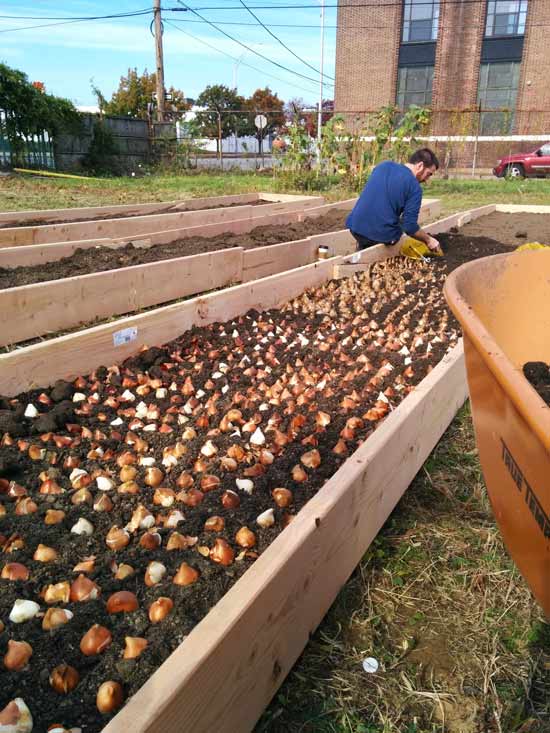
Q & A with Cassie Plummer
We recently sat down with Cassie in order to find out more about Jig-Bee.
GPB: What was the biggest surprise growing last year?
Cassie: “I love Dahlias. We grew several different varieties. They come in all different colors, shapes and sizes. They have this symmetrical property to them that’s really cool.”
GPB: How did you come up with the name?
Cassie: “A jig is a tool that you build to help with your final product. It’s also a happy dance. The building is a really good jig for us, since we use rainwater from the roof as irrigation. We also use sawdust from a neighbor in between flower beds. We try to use scrap from other projects, and repurpose them to build other things.
Also, I want people to do a little dance when they get our flowers.”
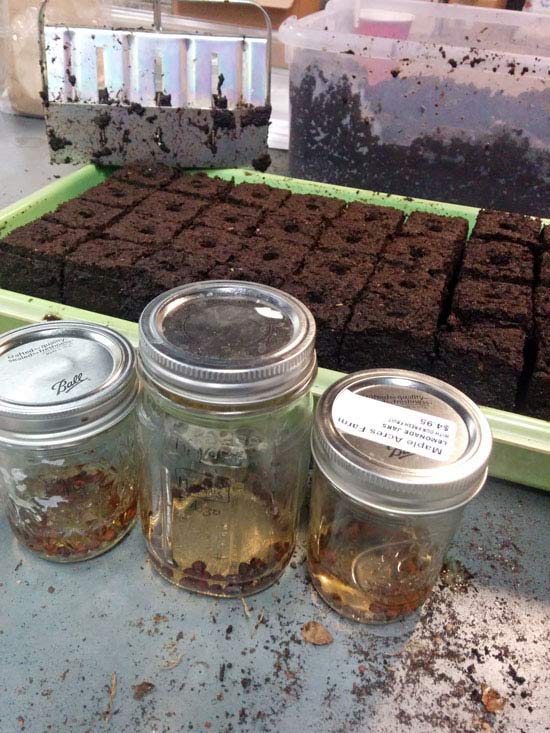
Jig-Bee: Flower Options
So how can you get in on the Jig-Bee options?
You can choose a variety of flower CSAs, from 3 weeks to 12 throughout the Spring or Summer. Starting at only $66 and delivered to a few drop off locations, this CSA is easy on your pocket, too. Sign up on Jig-Bee’s website.
Although Cassie doesn’t specialize in weddings, she offers small floral arrangements and DIY options.
Readers, we want to hear from you. Have you signed up for a flower CSA? What’s your experience with locally grown flowers?



